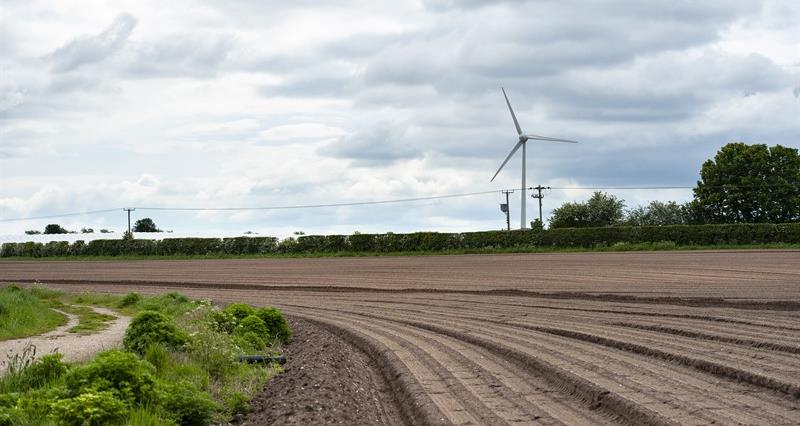The booklet, which has been sent out to local authorities across the country, makes the link between various on-farm measures from across the NFU’s three 'pillars' and how local authorities can help in their delivery.
It includes:
- Pillar 1: Reducing emissions through productivity measures such as reducing emissions in the food chain, modernising farm buildings and digitalisation.
- Pillar 2: Carbon storage, covering managing and planting trees and hedgerows, as well as carbon trading and offset.
- Pillar 3: Renewables and the bioeconomy including clean energy and bio-based products.
NFU Deputy President Stuart Roberts said: “Both local authorities and farmers have a shared goal – to tackle climate change. By working together we can continue to build a more productive, profitable and sustainable agriculture sector and in turn accelerate our national transition to a net zero economy.
“A low carbon economy is also an opportunity to level up – for government to deliver more balanced funding across communities and for local authorities to support a just transition to net zero, helping fund rural infrastructure and supporting the local economy.
“Whether it’s sourcing food locally wherever possible to help boost and support sustainable farming, fast-tracking broadband speed improvements or creating renewable energy networks, there are plenty of ways local authorities can help farmers deliver on their net zero ambition while continuing to produce quality food, at the same time as meeting their own greenhouse gas reduction targets.”
